Armenia has a number of monasteies dated
the IX-XI centuries. Many of them have been important spiritual centers
of the country. In the epoch of feodalism development they even had
high schools where students were taught historiography, literature,
philosophy, theology, music, miniature painting and other sciences.
That’s why they had to build special houses for books storage. Such
houses were characterized by folk architecture made with stone.
Tatev monastery was exactly one of
them.It’s the monastery of the Armenian Apostolic Church situated in the
south-east of Armenia, near Tatev village and not so far from Yerevan –
the capital of Armenia.
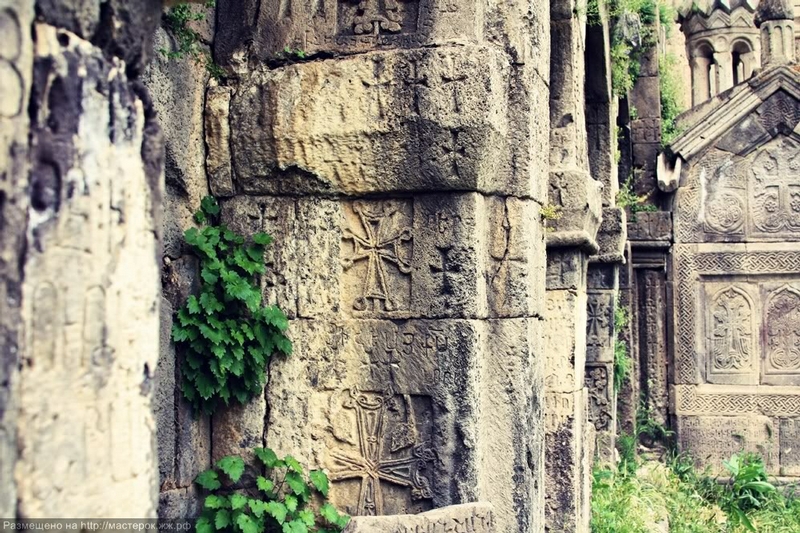
It was founded on the ancient heathen
holy place in the IX century to become one of the very important centres
of science and education. Its favourable strategic location was
convenient for creation of reliable fortifications there.
One can get to the monastery by car or a
bus through the gorge or by a ropeway.The modern ropeway of Tatev is
the longest one in the world (5,7 km or 3,5 miles) – it is registered in
the Guinness book of world records.
It’s so cool to look down at the beautiful landscapes from the height of 320 m (0,2 miles) of the ropeway.

When a person firstly gets here it seems to him he has found the roof of the world!
The views around the monastery are really breathtaking.
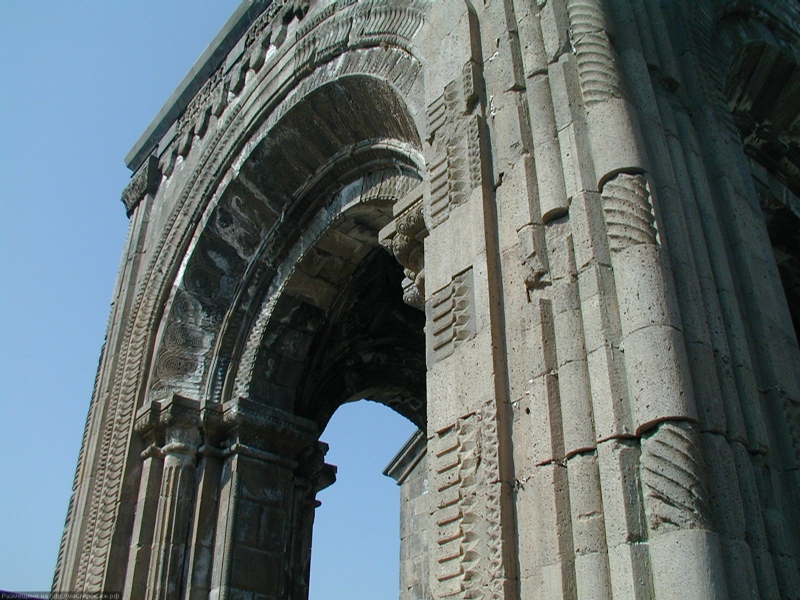
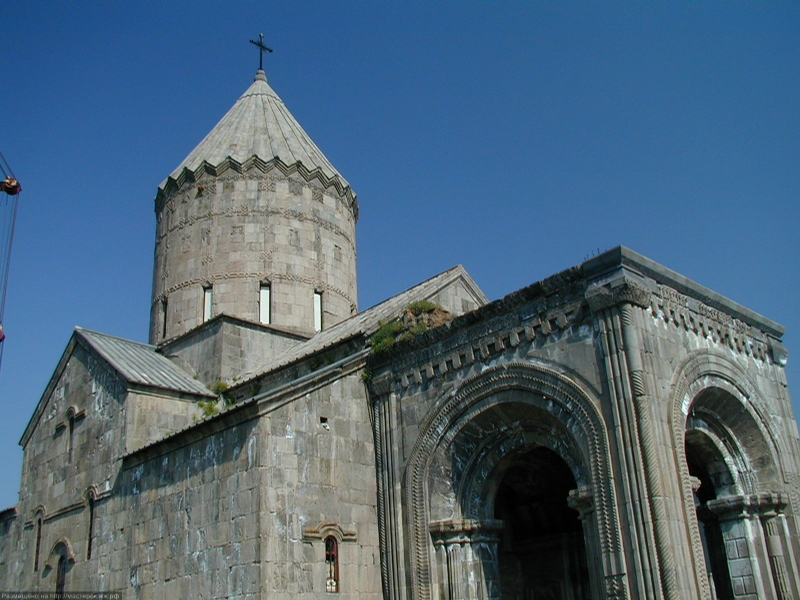
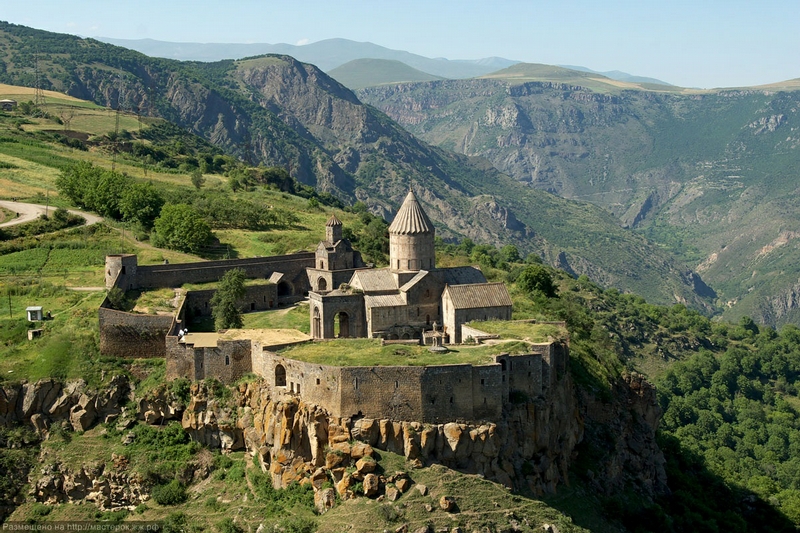
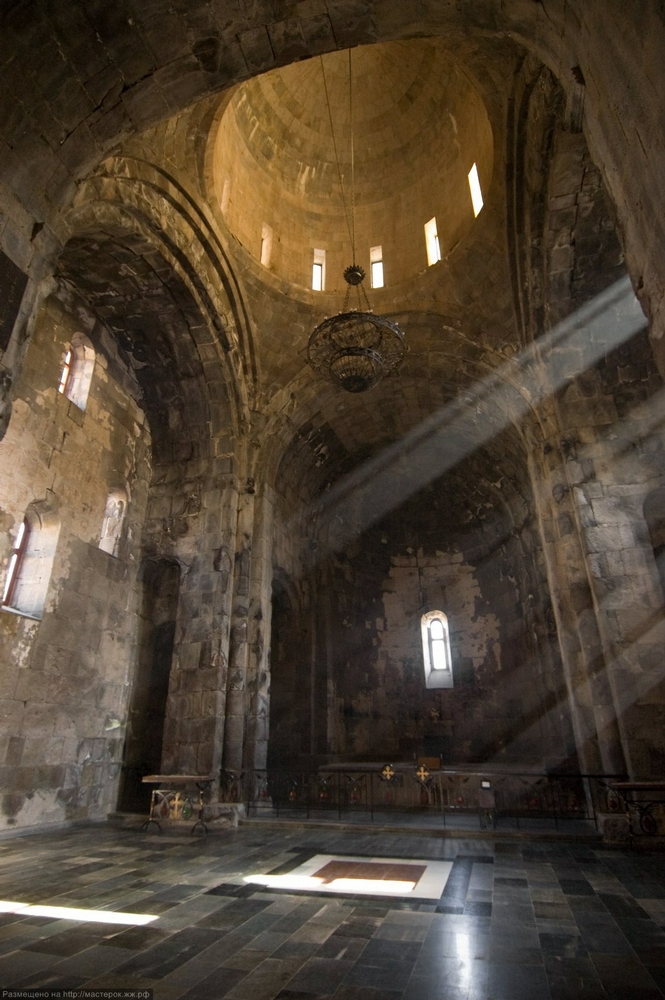
Semicircular niches are both on the eastern and western sides.
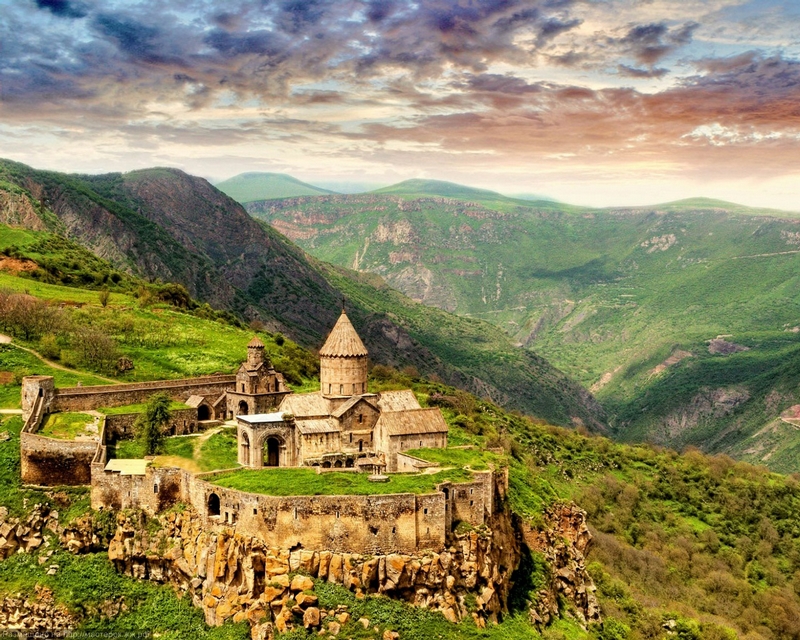
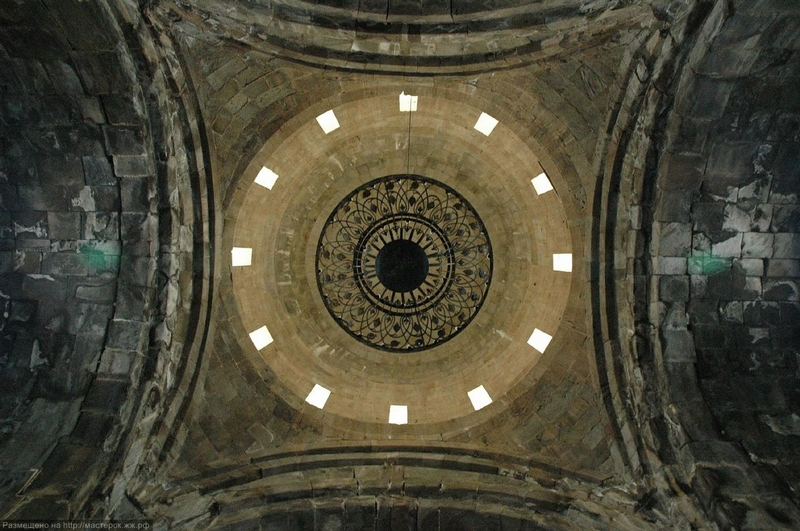
Inner walls of the monastery were decorated with murals, some of them were painted by foreign masters.
Another church of the complex is the Church of St. Astvacacin
situated over the burial vaults in the north-eastern part of the
monastery. It was built in 1087 and had to serve as a watch tower.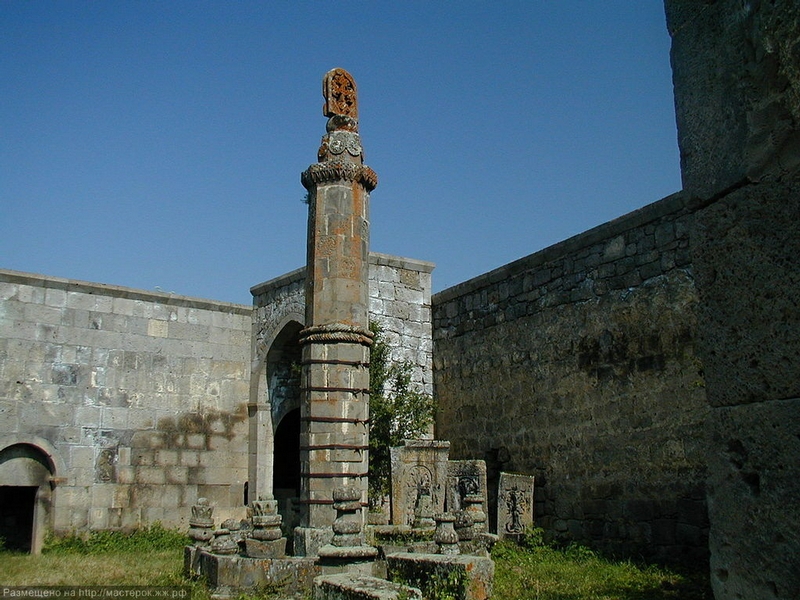
The monument devoted to the Holy Trinity. It is six meters high. It has been resisting numerous elements.

In the later times (XVII-XVIII) there
appeared some civil structures on the territory of the complex: a
library and a seminary. Especially interesting is a dining hall with
long tables and stone benches for 80 persons. Here, in the south part of
the complex, were balconies hanging right over the precipice.
Near the complex were also other structures: a barn, a school, an oil mill. Only the last one was preserved.

In spring 1931 a strong earthquake
happened there, many architectural monuments suffered including the
Tatev monastery – one dome of the St. Paul and Peter’s Cathedral was
destroyed, a three-tier belfry was also ruined.
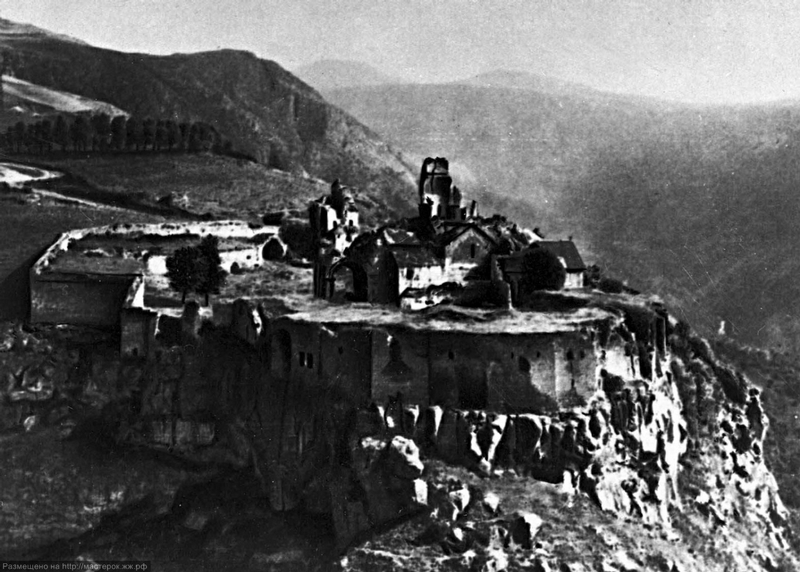
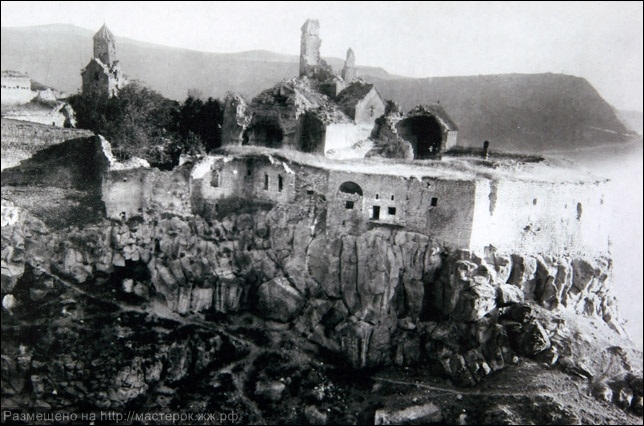

Tatev monastery after the earthquake.

Before 1931.
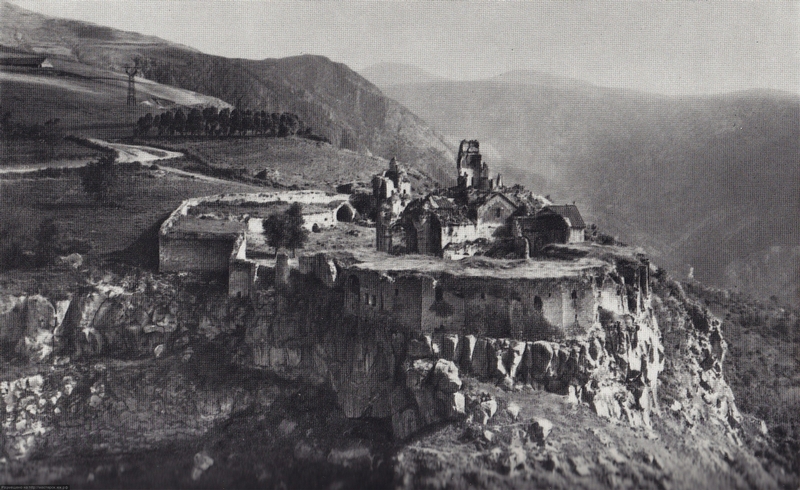
After the earthquake.

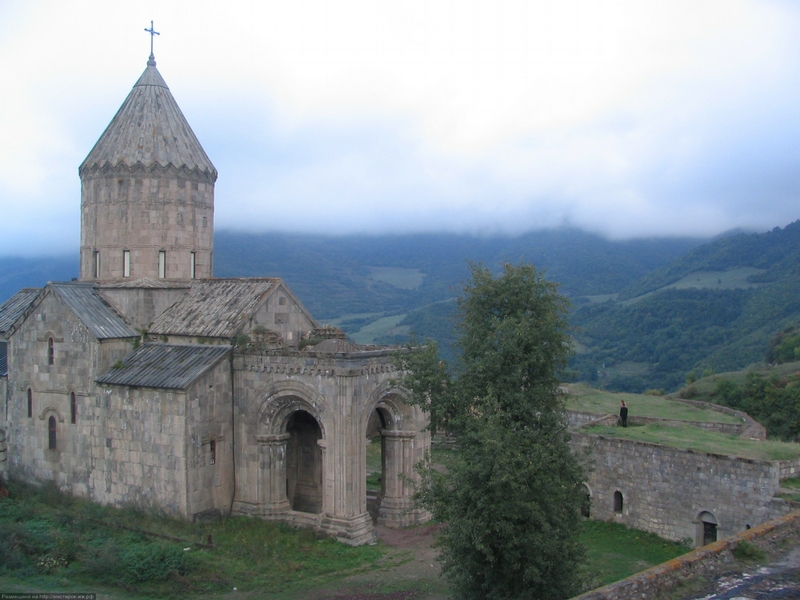
Today it is not fully restored. One of the structures is used for a museum.
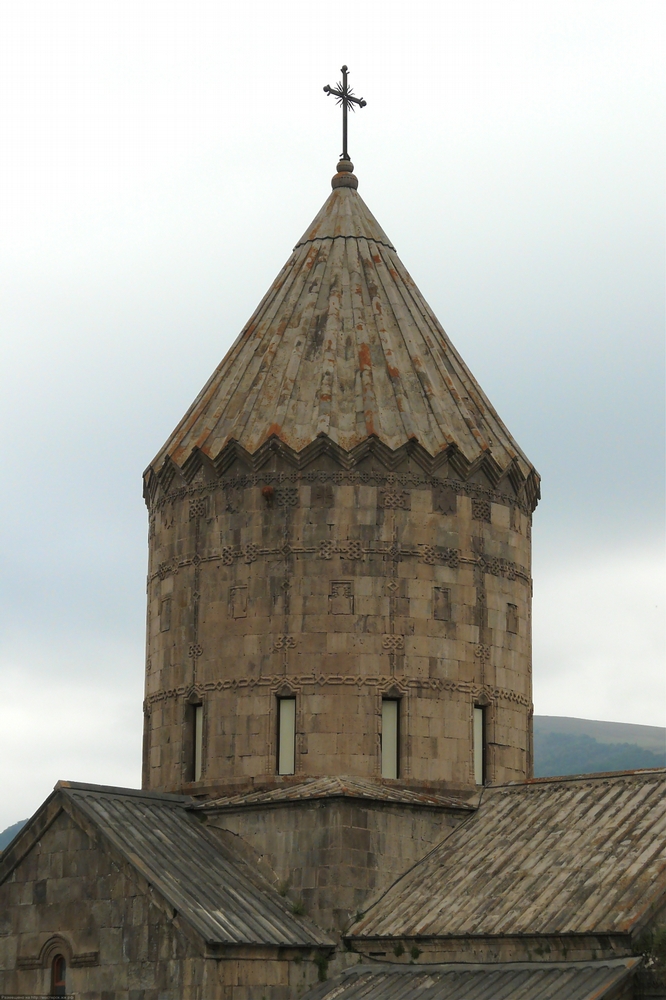
In the X century the monastery had about
a thousand of residents, works of applied art were created in its
shops. Many of them became famous.
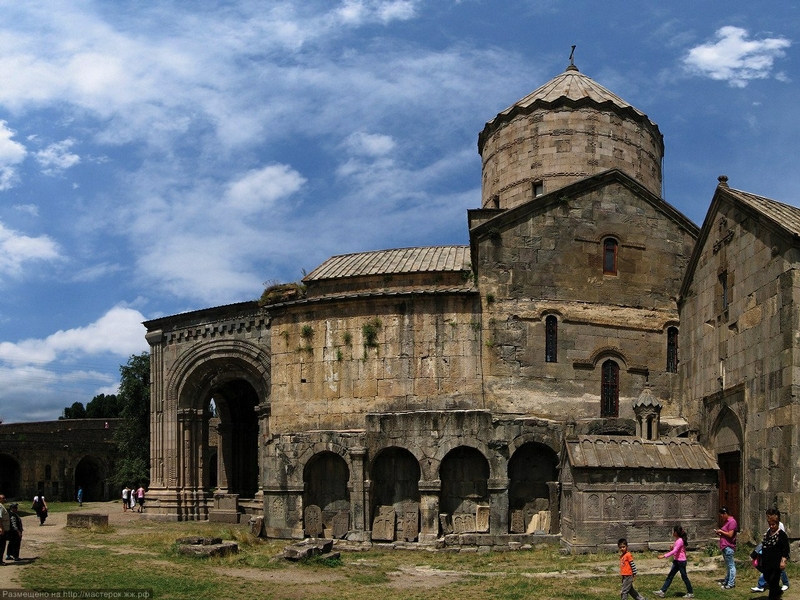
Unfortunately many ancient murals have not been preserved.
Snake heads were often painted on the walls – in Armenia they are revered as home patrons.
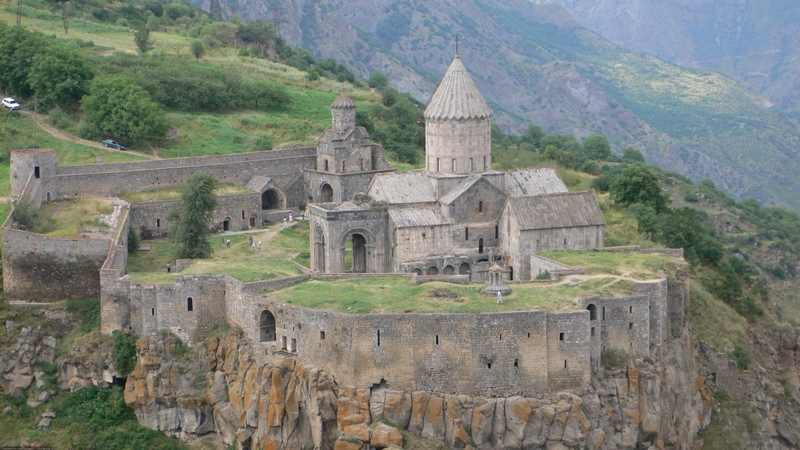
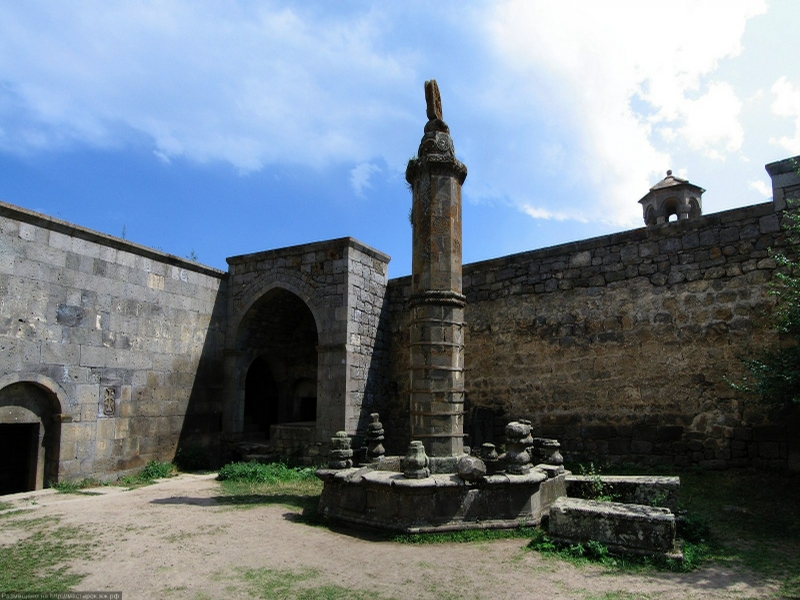
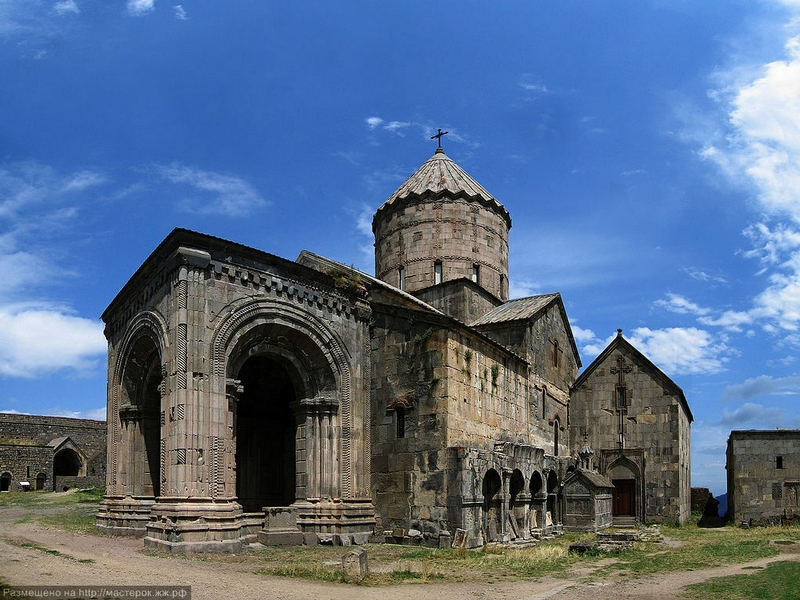
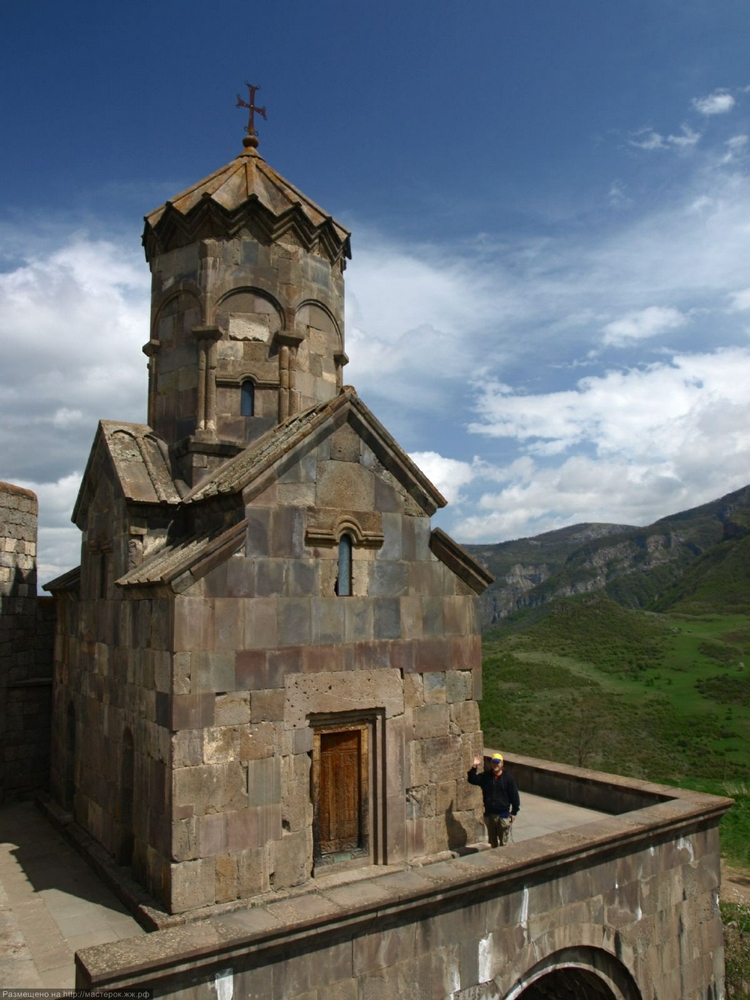
In the XIX century near the main temple a three-tier belfry was erected, but only one tier remained till these days.
Aside from the buildings, the monastery
boasts an upright pendulum, known as the Gavazan. This column was built
in the tenth century following the completion of the Sts. Paul and Peter
church and has survived numerous invasions and earthquakes relatively
unscathed.
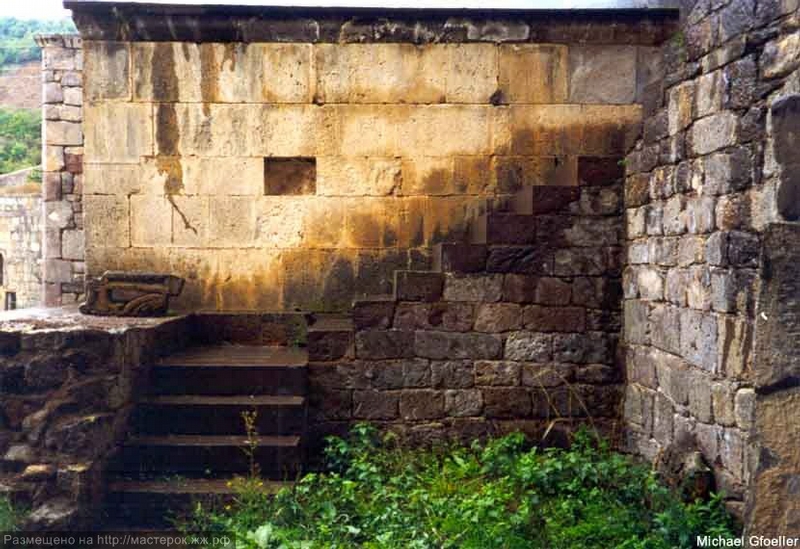
The XIV-XV was a hard time for Armenia,
it underwent a lot of invasions and wars which brought the country to
the political and cultural crisis. And only the Syunik principality,
thanks to its geographical position, temporarily managed to maintain its
stable position and avoid the cultural decline. In the XIV even a
university was built at the monastery.
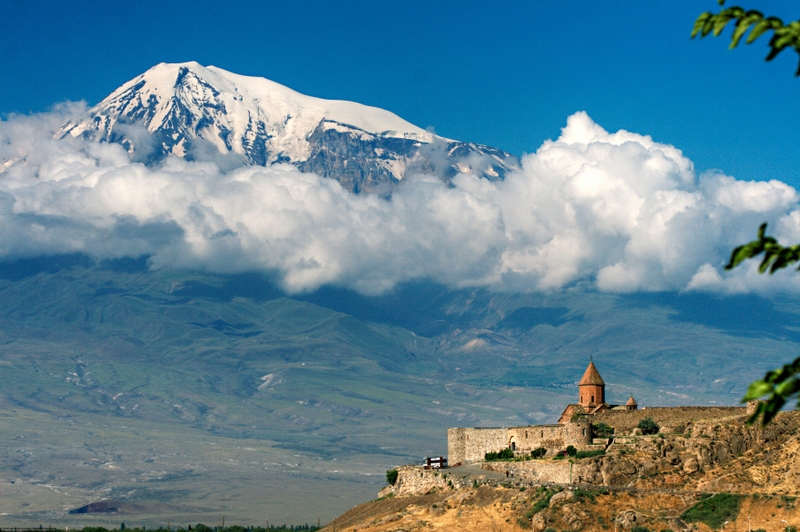
In the period of 1346-1409 the Tatev
university reached the peak of its prosperity. It became the largest
scientific and cultural centre of that time. It is even more impessive
given the fact of the complicated political situation in the country.
Many monks and seminarians had to live a wandering life.
After the death of its leader Grigor Tatevatsi the University started
to undergo decline. In the middle of the 20s of the XV century it
ceased to exist.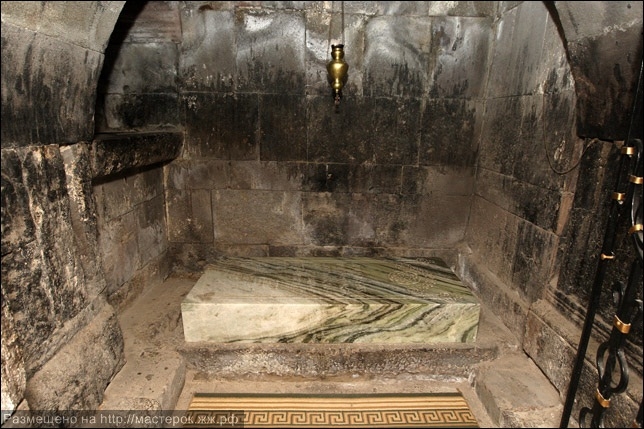
The Tatev university considerably contributed to the treasury of the medieval Armenial culture.
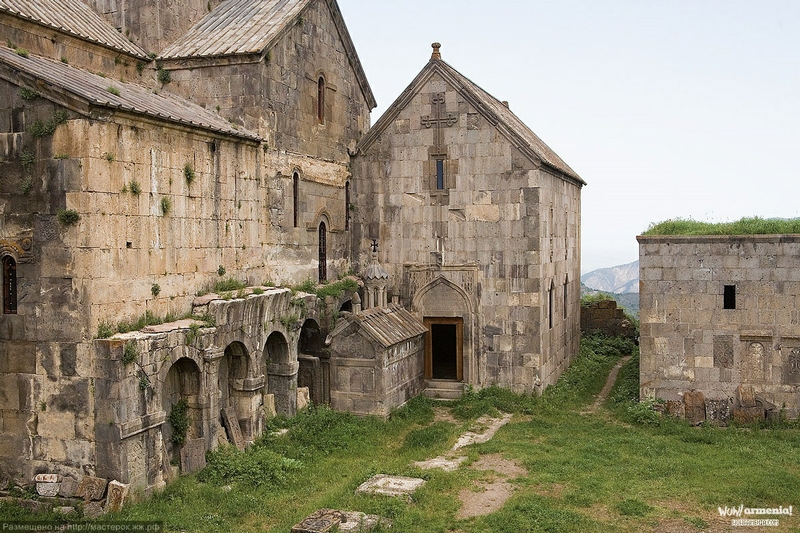
The greatest time for the monastery was in the XIII century when it became a large feudal and had 1000 residents in its walls, posessed many neighbouring villages. But this time ended in the end of the XIV century after the invasion of Tamerlan. Since that time the monastery has been constantly restored.
In 1796 it was plundered again, by the Persians. Only in 1836 tsarist Russia stopped these repeated destructions and restorations, but not forever. In 1931 the strong earthquake brought the complex to ruins again.
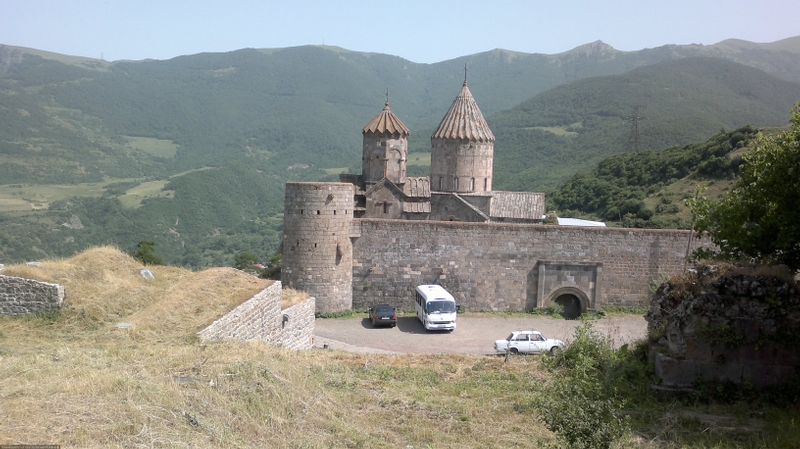
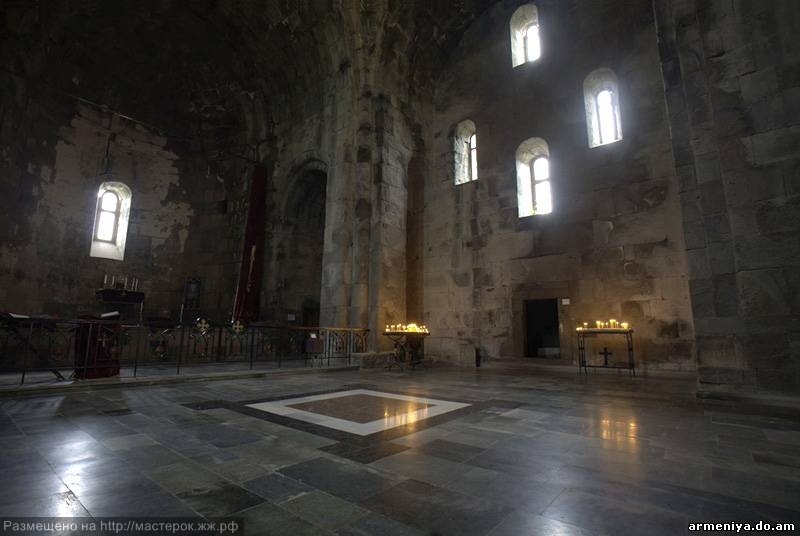
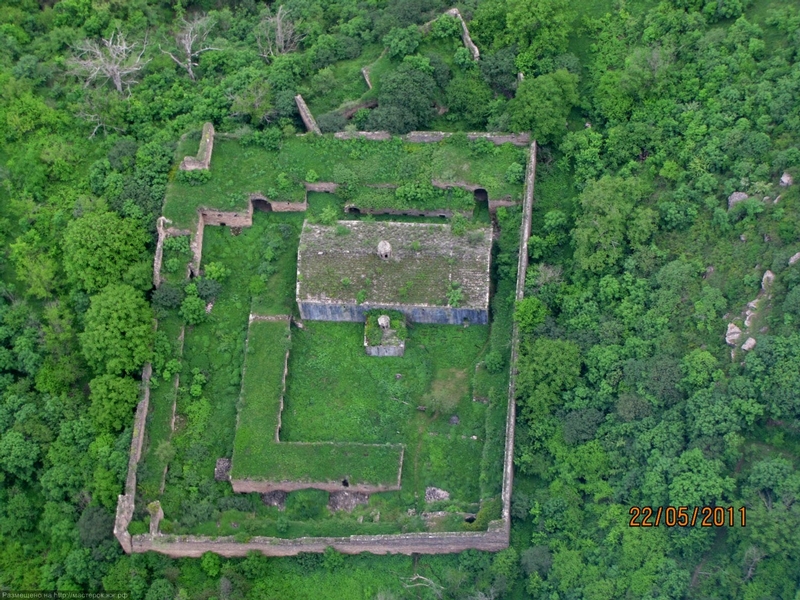
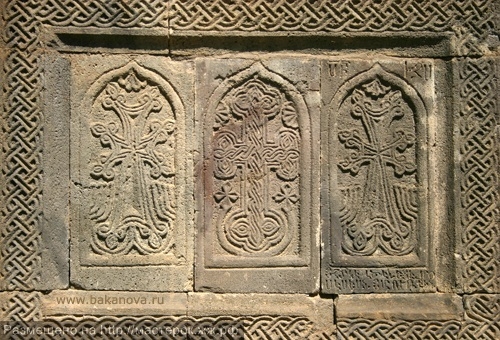
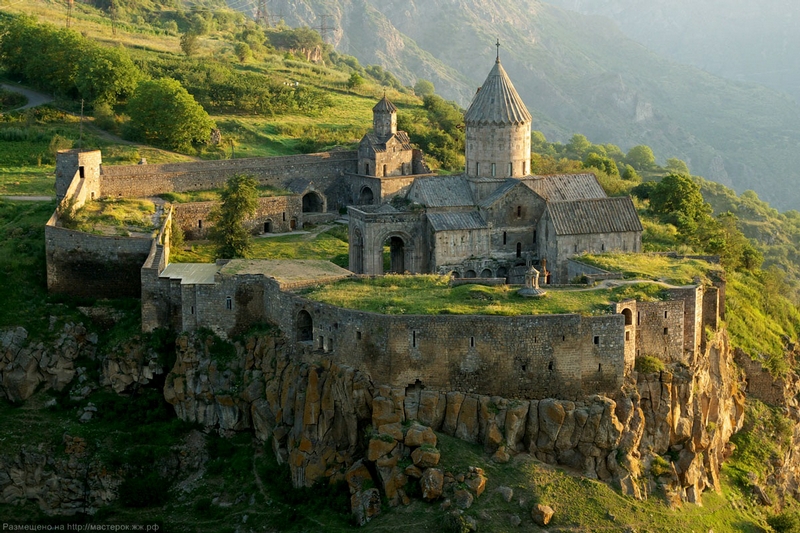


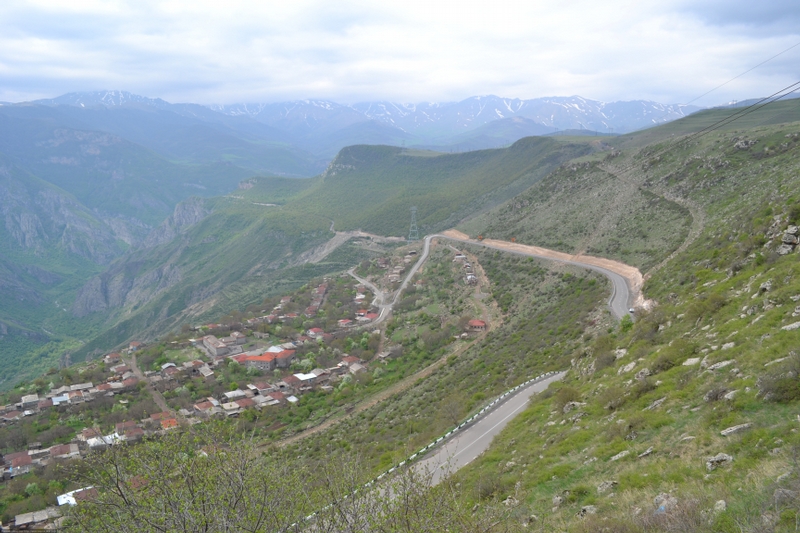
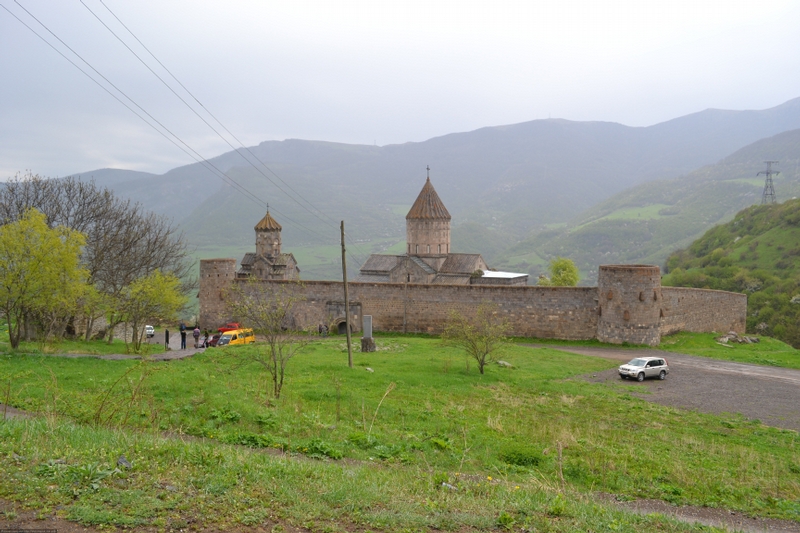

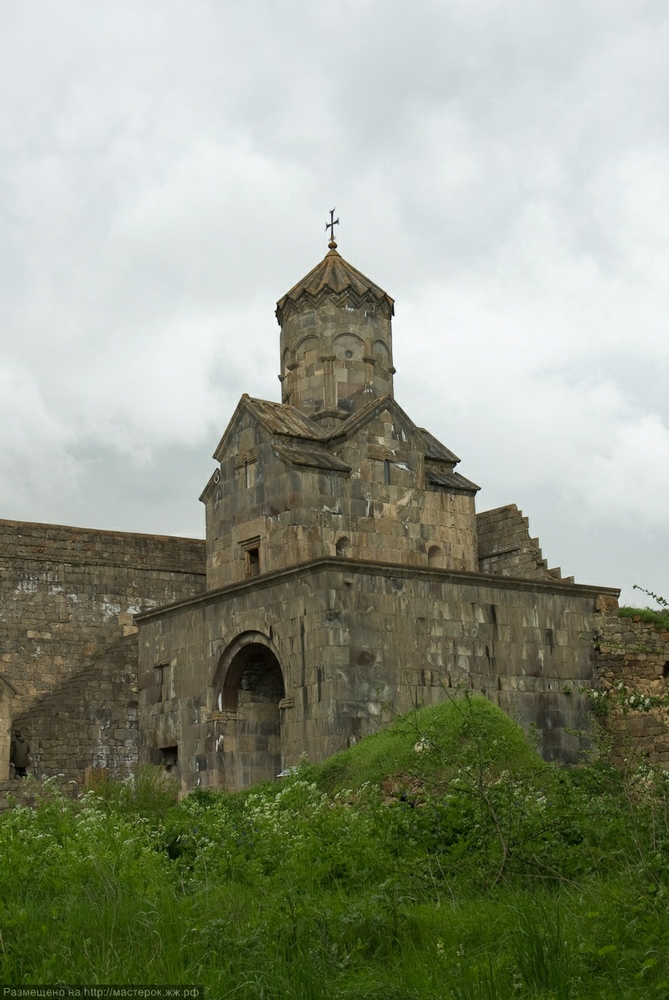
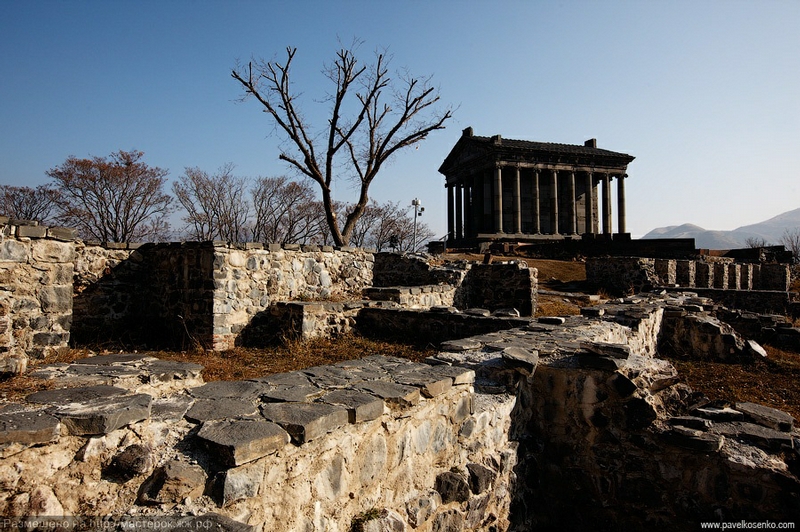

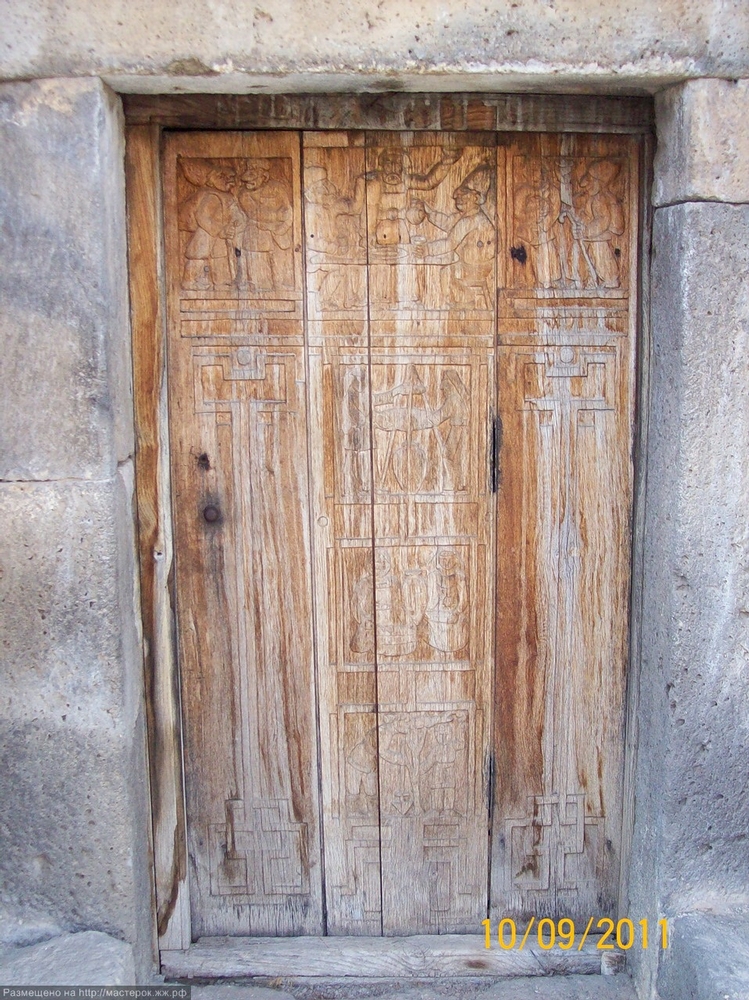

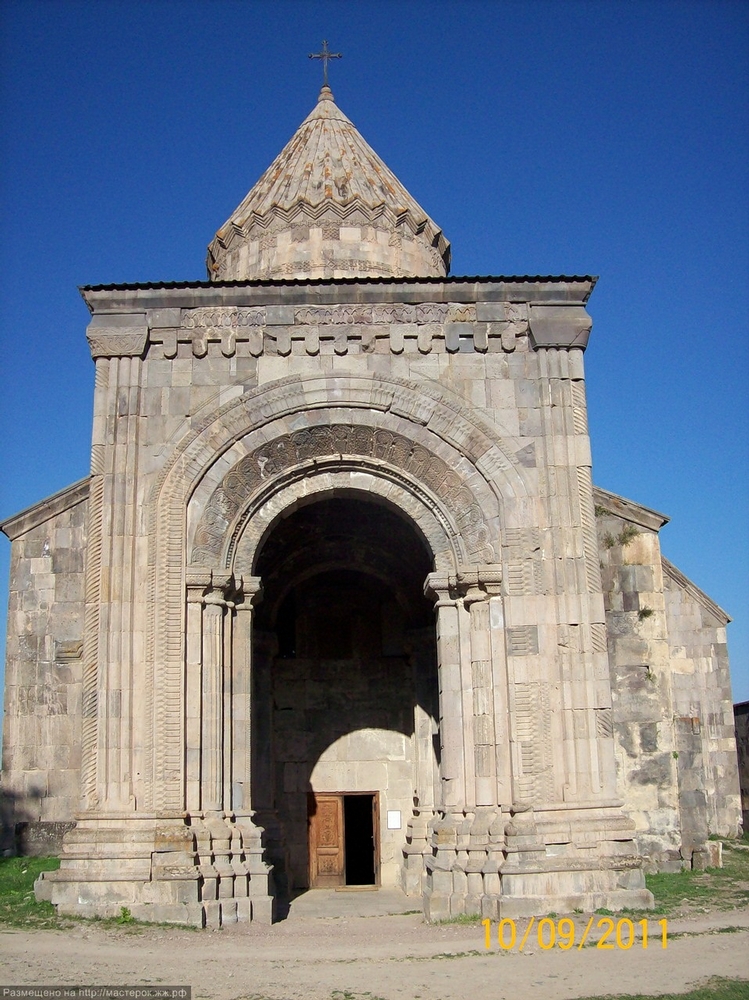
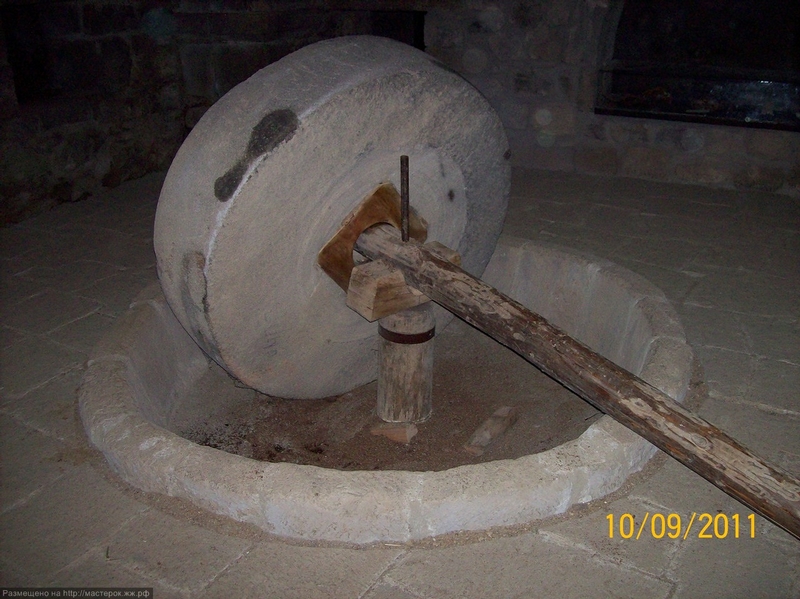
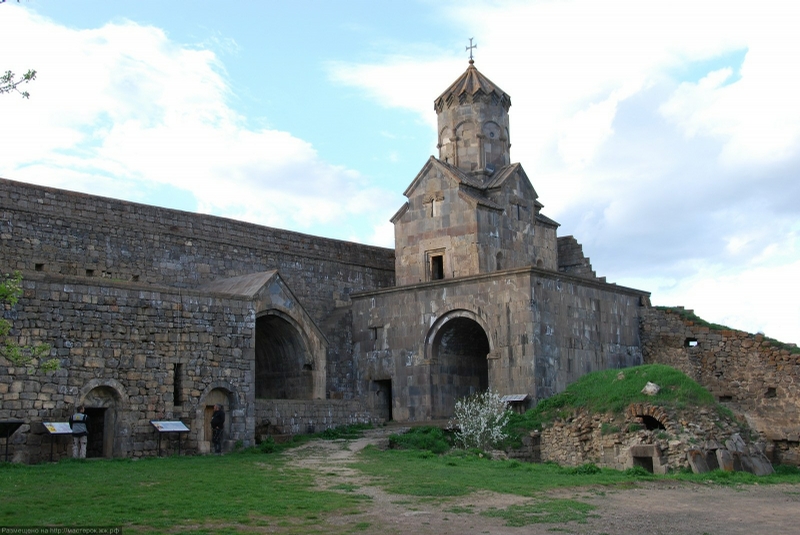
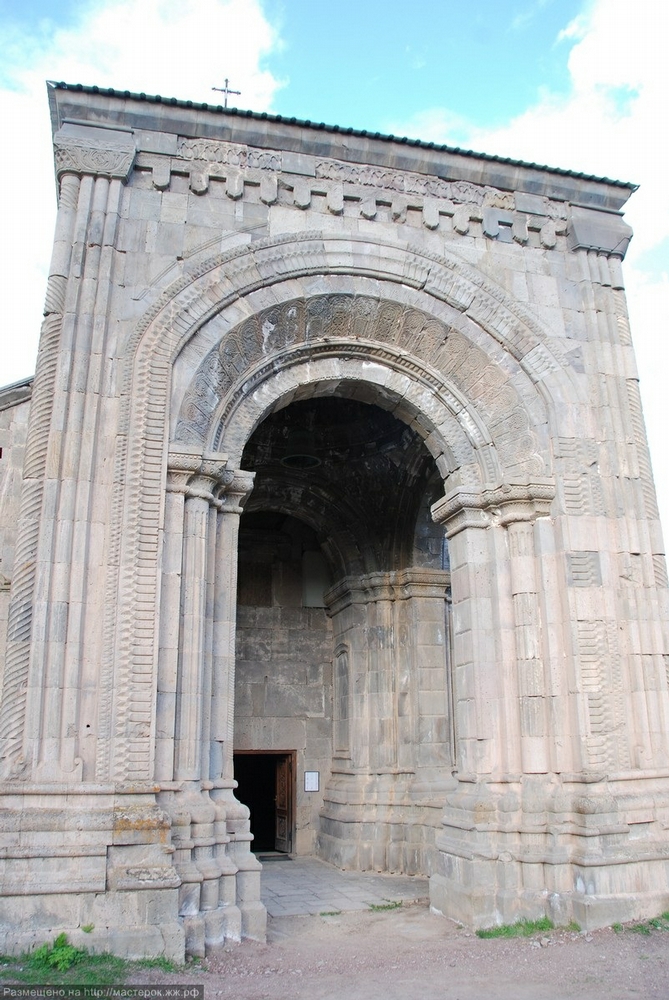
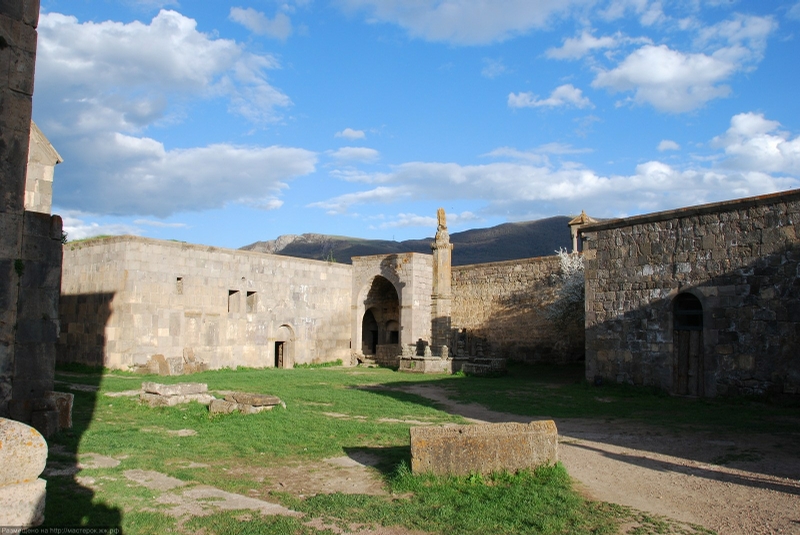
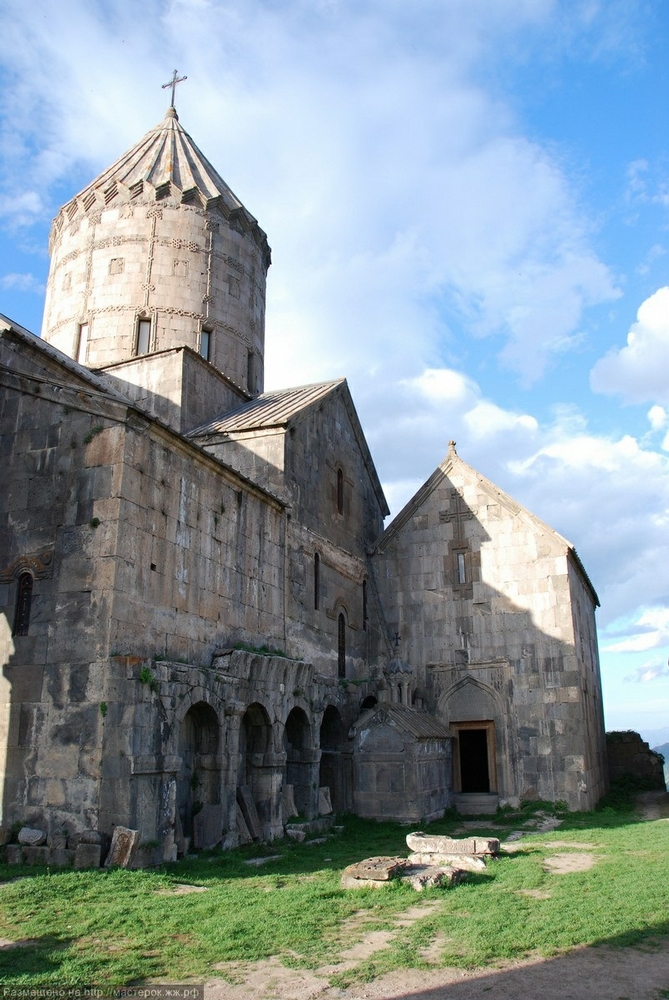
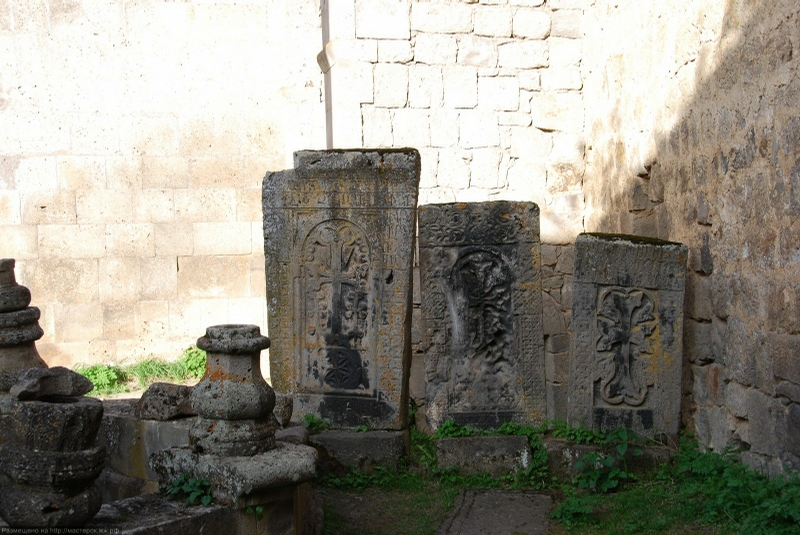
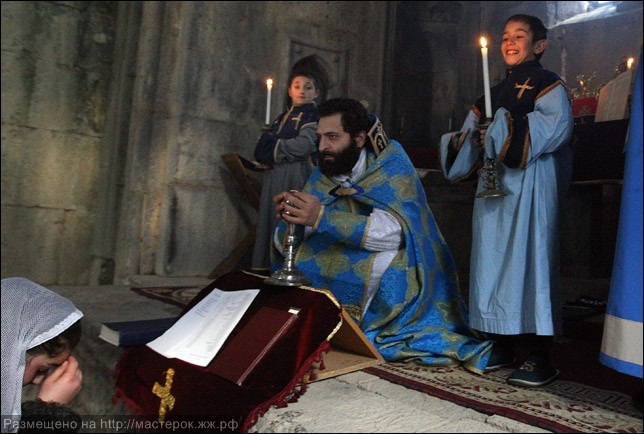
If you find yourself in Armenia take the time to visit this place, it leaves a very strong impression.
Source ; www.englishrussia.com
Aucun commentaire:
Enregistrer un commentaire